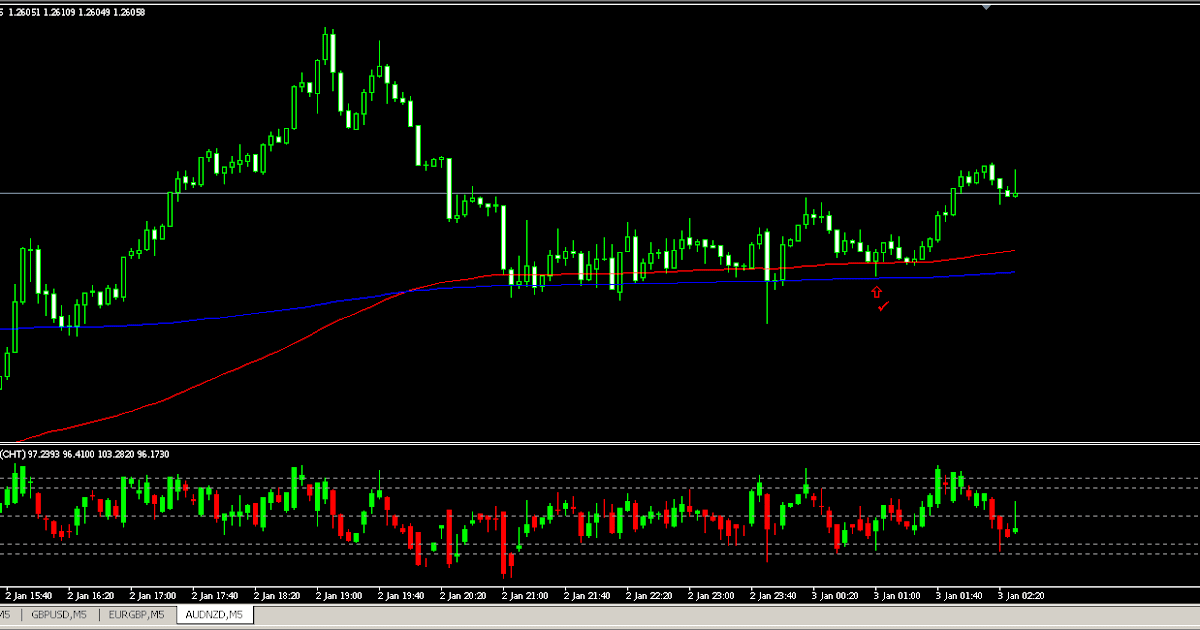03/11/ · Sell limit order means that you are able to sell the instrument for your price or at a higher price. It is used for exiting from a Long position and entering a Short position. Stop order will be opened when the price reaches the level (the level of price) which was indicated by the trader What Are the Rules for Stop/Limit Orders in Forex? Stop limit orders are slightly more complicated. Account holders will set two prices with a stop limit order; the stop price and the limit price. When the stop price is triggered, the limit order is sent to the exchange. A limit order will then be working, at or better than the limit price you entered
What Are the Rules for Stop/Limit Orders in Forex?
Stop orders are the simpler of the two. Stop orders are triggered when the market trades at or through the stop price depending upon trigger method, the default for non-NASDAQ listed stock is last priceand then a market order is transmitted to the exchange. A buy stop is placed above the current market price. A sell stop order is placed below the current market price. Stop orders may get traders in or out of the market. When a buy stop order triggers, the market order is transmitted and you will pay the prevailing ask price in the market when received.
When a sell stop order triggers, the market order is transmitted and you will pay the prevailing bid price in the market when received. Stop limit orders are slightly more complicated. Account holders will set two prices forex difference between stop and limit a stop limit order; the stop price and the limit price. When the stop price is triggered, the limit order is sent to the forex difference between stop and limit. A limit order will then be working, at or better than the limit price you entered.
With a stop limit order, traders are guaranteed that, if they receive an execution, it will be at the price they indicated or better. The risk associated with a stop limit order is that the limit order may not be marketable and, thus, no execution may occur.
A sell stop limit order is placed below the current market price. When the stop price is triggered, the limit order is sent to the exchange and a sell limit order is now working at, or higher than, the price you entered.
A buy stop limit order is placed above the current market price. When the stop price is triggered, the limit order is sent to the exchange and a buy limit order is now working at or lower than the price you entered. Be aware that if you enter these orders on the unintended side of the market, forex difference between stop and limit, you could be filled immediately at the current market price, forex difference between stop and limit. Consider for example a buy stop order.
Buy stop orders should be entered above the current market price. When the market trades up to or through the stop price, a market order is sent. If an account holder were to incorrectly enter a buy stop order below the current market price, the system would correctly note that the market had already traded through the stop price, and a market order would be instantly sent. Order Types.
Hong Kong - China Stock Connect Overview of the Scale Trader Algorithm How do I add the field OCA Group to my Trader Workstation trading page? Search IB:.
Forex Trading for Beginners #6: The Different Types of Forex Orders by Rayner Teo
, time: 8:26Limit Order vs Stop Order. What is the Difference Between Them? | FXSSI - Forex Sentiment Board

03/11/ · Sell limit order means that you are able to sell the instrument for your price or at a higher price. It is used for exiting from a Long position and entering a Short position. Stop order will be opened when the price reaches the level (the level of price) which was indicated by the trader What Are the Rules for Stop/Limit Orders in Forex? Stop limit orders are slightly more complicated. Account holders will set two prices with a stop limit order; the stop price and the limit price. When the stop price is triggered, the limit order is sent to the exchange. A limit order will then be working, at or better than the limit price you entered

No comments:
Post a Comment